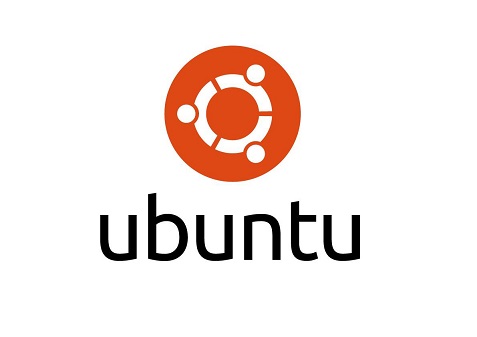Ubuntu is a popular Linux system used by millions of people and organizations. Often system administrators install a new Ubuntu system for new users in their organizations. But a freshly installed Ubuntu system requires some additional steps to be truly user friendly and customized. In this article, we will learn what to do after installing Ubuntu.
What To Do After Installing Ubuntu
Here are some simple things that you can do to customize your Ubuntu system.
1. Update Ubuntu
One of the first things you should do after installing Ubuntu is to update and upgrade your system. To do this, open terminal and run the following commands
$ sudo apt update && upgrade
If you are wondering why you need to update & upgrade your system when you’ve just installed Ubuntu, it is because most OS installations contain outdated packages that need to be updated. When you install Ubuntu, its packages will be only as new as what is present in the installation file which may not have been updated for quite some time. When you run the above command, it will update & upgrade each and every package to be the latest version supported. It is advisable to do this before installing other software to avoid dependency issues later on.
2. Install Gnome Tweak
Gnome is the default desktop environment on all Ubuntu systems. Gnome Tweak is a useful software that allows you to easily customize different parts of your desktop configuration such as themes, top bar options, font change, startup apps, windows, and workspaces. It can be installed using the command below.
$ sudo apt install gnome-tweaks
3. Install Ubuntu Restricted Extras
We all love watching videos and listening to music on our systems. Ubuntu comes with a pretty standard set of media codecs that deliver an average performance. They may not be able to play certain media files. Using the latest media codecs takes this experience to a whole new level. You can do this by installing restricted extras which will install codecs to play media files that your default video player Totem may not be able to.
$ sudo apt install ubuntu-restricted-extras
The above command will allow you to play most video and audio files on your system, using Ubuntu’s default players.
4. Install Graphic Drivers
Good graphic drivers lead to high quality rendering of GUI and a great visual experience while using Ubuntu. It is required if you wish to game with your PC via Steam, Video editing, and so on. Just like video codecs, Ubuntu’s default graphic drivers are quite ordinary and need to be updated. Type in “software and updates” in the dash and go to the “additional drivers tab”. Under Additional Drivers, select as needed and apply changes.
5. Install Applications
You will also need a few popular applications to get started with. The default Ubuntu installation does not contain many third-party applications. You can always use Ubuntu software center to download and install the applications mentioned below, or do it via terminal.
Google Chrome
You can open terminal and run the following command to install Google Chrome on your Ubuntu system.
$ sudo apt install chromium
VLC Media Player
VLC Media player is another useful media player capable of playing all kinds of video and audio files. You can install it using the following command.
$ sudo apt install vlc
Gimp
Gimp is an image editor that provides tons of useful features. If you need to do image editing, you can install gimp with the following command.
$ sudo apt install gimp
Synaptic
If you don’t like managing your software packages using command line terminal, install Synaptic which provides a GUI for the same.
$ sudo apt install synaptic
Shutter
You can also install Shutter in case you want to take screenshots of your system.
$ sudo apt install shutter
In this article, we have learnt some of the basic things to help get started with new Ubuntu Installation.
Also read:
How to Fix ‘No Route to Host’ SSH error in Linux
How to Find Django Install Location
Xargs Command to Kill Process
How to Enable Full Disk Encryption in Ubuntu
How to Insert Item into JS Array at Index
Related posts:

Sreeram has more than 10 years of experience in web development, Python, Linux, SQL and database programming.
